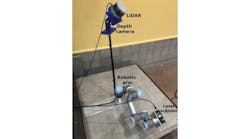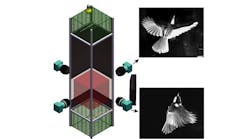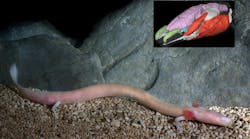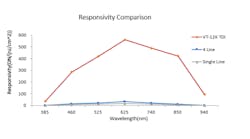Vision systems are classifying nonuniform objects
George Kotelly Executive Editor
Instant recognition and classification of differently shaped objects, whether stationary or moving, are fast-growing applications that are helping to drive the design of advanced machine-vision and imaging systems. To meet demanding comparison-template requirements, system integrators are devising innovative imaging techniques that can select designated objects out of a field of similar and dissimilar shapes and contours.
An Austrian waste-processing and recycling plant is inspecting and recognizing varied plastic containers out of a stream of moving raw garbage on a conveyor belt. It incorporates a PC-based machine-vision image-processing system and a flexible shape-classification algorithm that relies on Fourier descriptors. In this approach, says Oliver Sidla, Joanneum Research project manager, the complex Fourier transforms help describe and compare the plastic object contours against predefined thresholds for identification.
Using a CMOS sensor, a PC-based radiography system is delivering dental images that are superior to those obtained by conventional x-ray film. This system is providing real-time digital displays of dental defects that can be classified, manipulated, and annotated using image-processing and management software. Reports contributing editor John Haystead, the system requires 90% less radiation than x-ray film and costs less.
To improve the process of capturing signatures of complicated tank structures in military imaging applications, target-tracking infrared systems are using image-preprocessing algorithms to enhance contrast and reduce noise as well as edge-detection, segmentation, and feature-extraction algorithms to identify the imaged objects. According to editor-at-large Andy Wilson, researchers are estimating the configuration of objects within an infrared image using data templates. By transforming these templates over measured infrared data and computing the best match, objects are being identified by a novel jump-diffusion algorithm.
In choosing an image-processing board, systems integrators are confronted with a myriad of design choices. These boards come with pipelined and digital signal processors, programmable platforms, standard and nonstandard bus protocols, and varied software support. As a result, says Andy Wilson, systems integrators should carefully choose baseboards that accept flexible acquisition, processing, and bus interface functions for developing an image-processing system.




